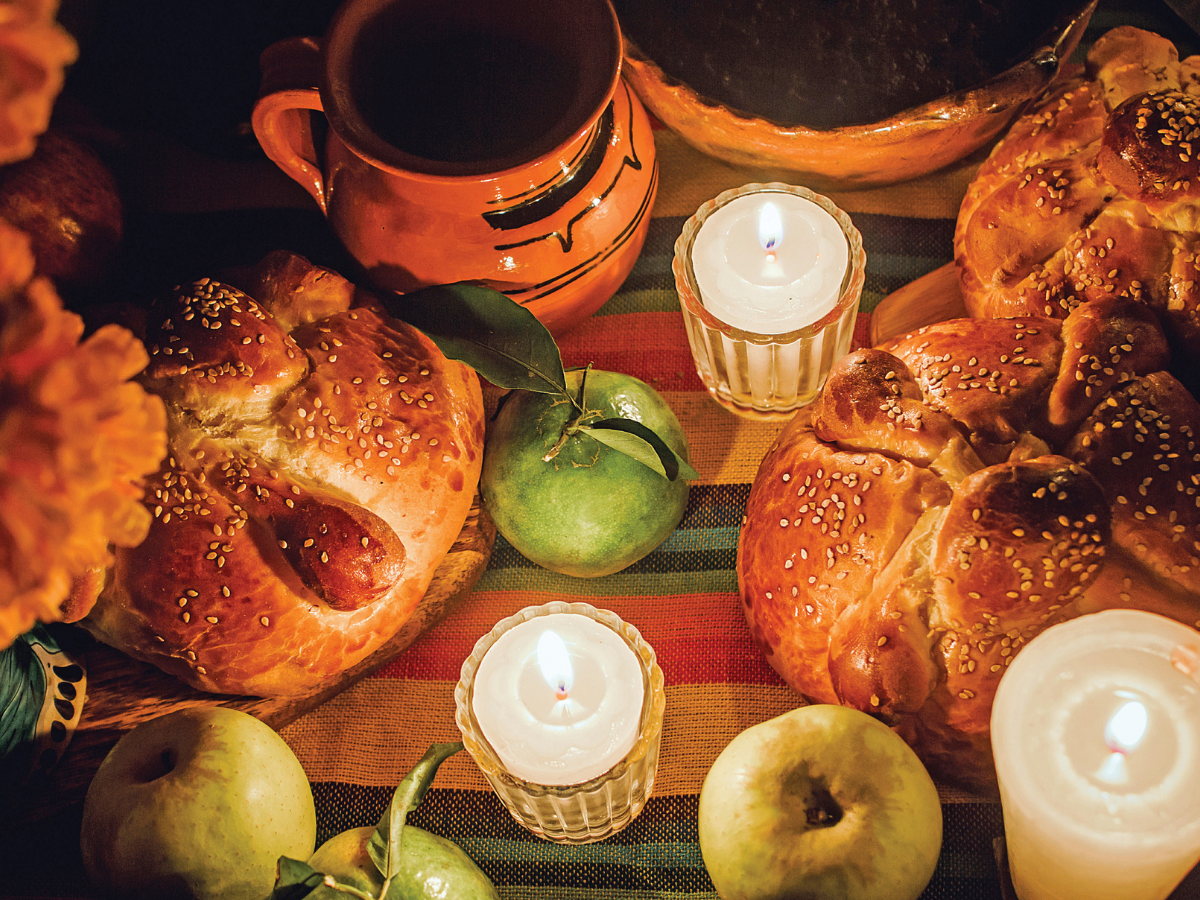My fitness journey includes daily walks through the Santa Ana and Fairhaven Memorial cemeteries because they provide safe, flat surfaces, shady trees and peaceful surroundings.
Besides, my late father and my maternal grandparents are buried there, so my walks provide a chance to say a quick prayer as I pass by.
I’ve also witnessed the funerals of Buddhist monks, community leaders and many beloved members of Latino, Chinese and Vietnamese families.
At first, I found it odd that Hispanic families bring lawn chairs and coolers and spend entire days visiting the graves of their loved ones. I was surprised when mariachi bands showed up to serenade the grieving; I was touched to note young children cleaning and decorating graves.
I’ve come to believe that the Mexican tradition of Día de los Muertos – Day of the Dead – provides families with healthy ways to acknowledge death, dying and resurrection. The traditional two-day celebration involves altars erected to the beloved departed, colorful decorations including gold and yellow marigolds, and special music, food and drink enjoyed in loved ones’ memory.
In contrast, most non-Hispanic Catholic and Protestant families in my experience have difficulty discussing the uncomfortable concepts of death, dying, heaven and the afterlife with children.
For Armando Cevantes, Diocese of Orange director of Hispanic Ministry, de los Muertos is an annual tradition that includes praying the Rosary, attending Mass and spending time in the cemetery in honor of departed family members.
For the Cervantes family, the holiday is connected with their Catholic faith, offering the chance to discuss the communion of saints, our souls, and heaven with the kids. “We even connected the celebration to Halloween,” he recalled. “Mom always tried to dress us up as saints” to go trick-or-treating. “It was all part of us growing up in the Catholic faith,” he observed, “and my mom wanting to connect faith with life. She described how the communion of saints includes not just the holy saints we learn about, but our loved ones who are praying for us.
Día de los Muertos is the opportunity to make the saints relevant in our lives,” he notes, together with other Latin traditions like devotion to Our Lady of Guadalupe and the Las Posadas procession of the holy family at Christmastime.
“To me, faith has always been cultural,” Cervantes added. “Faith is connected with life and traditions – it isn’t just something we do at Mass on Sundays.”
If you are unfamiliar with Día de los Muertos but interested in the holiday, a blog posted at the Revolution of Love website describes setting up and decorating a family altar, choosing prayers, and weaving in food, drink and other aspects into the celebration. [https://revolutionoflove.com/how-we-celebrate-dia-de-losmuertos-all-saints-day-and-all-souls-dayas-a-catholic-family/]
“Together, Día de los Muertos, All Saints Day and All Souls Day remind us that this life is a journey toward heaven and death cannot separate us from the love we share with each other,” wrote the mother who founded the website. “The grief of loss is tempered with the knowledge that, God willing, we will all be together again one day.”

